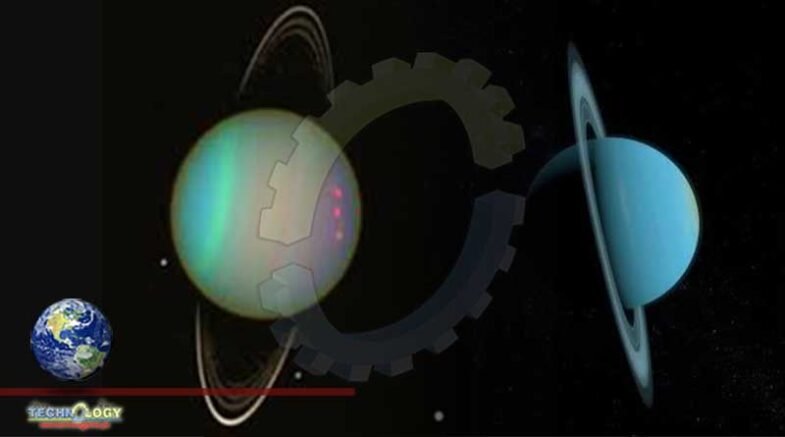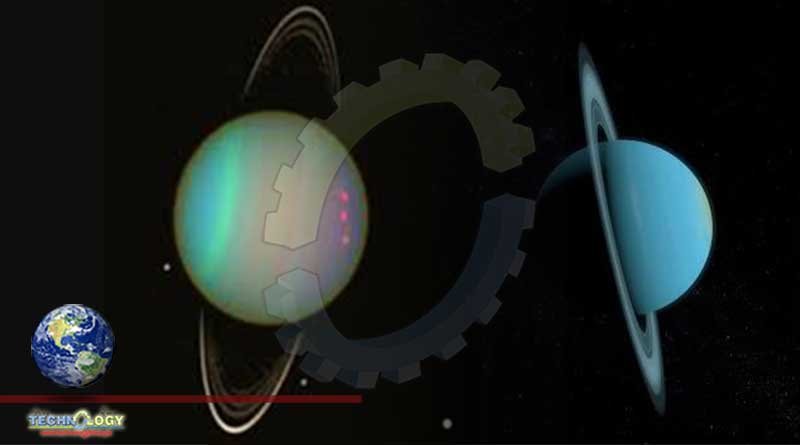For the first time, astronomers spotted X-rays emanating from Uranus that are mostly reflections from the Sun ,with its sideways rotation

With its sideways rotation and not having a real surface, Uranus might seem to be the weirdest planet in the solar system. However, a fresh discovery adds to its strange mystique.
For the first time, astronomers spotted X-rays emanating from Uranus that are mostly reflections from the Sun. Yet some of these signals might have originated from the ice giant itself.
Scientists suggest that the planet’s rings are producing the X-rays, just like in Saturn, or from auroras, similar to Jupiter.
Identifying the X-rays’ source could help astronomers better understand how exotic space objects, such as neutron stars or black holes, give off X-rays.
Such emissions are common in the solar system.
X-rays have been seen from Earth, Venus, Mars, Saturn, Pluto, several of Jupiter’s moons, as well as the comets. No such waveband has been detected on Uranus and Neptune.
Causes of Uranus X-Rays
Researchers retrieved data from NASA’s Chandra X-Ray Observatory from 2002-2017, which showed a clear X-ray detection on Uranus. Although puzzling, researchers could give two answers on what could have made Uranus emit X-Rays.
As with Saturn and Jupiter, X-ray light could have emanated from the Sun that has bounced off them. Bur nor all of the X-ray emissions came from the Sun, as they could have originated from within Uranus. Having charged particles such as protons and electrons prevalent in its environment, they could have collided with the planet’s rings, making these rings to emit X-Rays, the researchers noted.
Another source could be the auroras in Uranus, an occurrence observed on the planet at separate wavelengths.
Color auroras are also seen on Earth, occurring when high-energy particles interact with the environment. X-rays are produced by the auroras’ electrons that pass through the Earth’s magnetic field lines as they decelerate in the atmosphere.
Jupiter likewise has auroras that emit X-rays, which are produced when electrons go down the magnetic field lines and mix with charged atoms and molecules on Jupiter’s polar regions.
Originally published at Science Times
